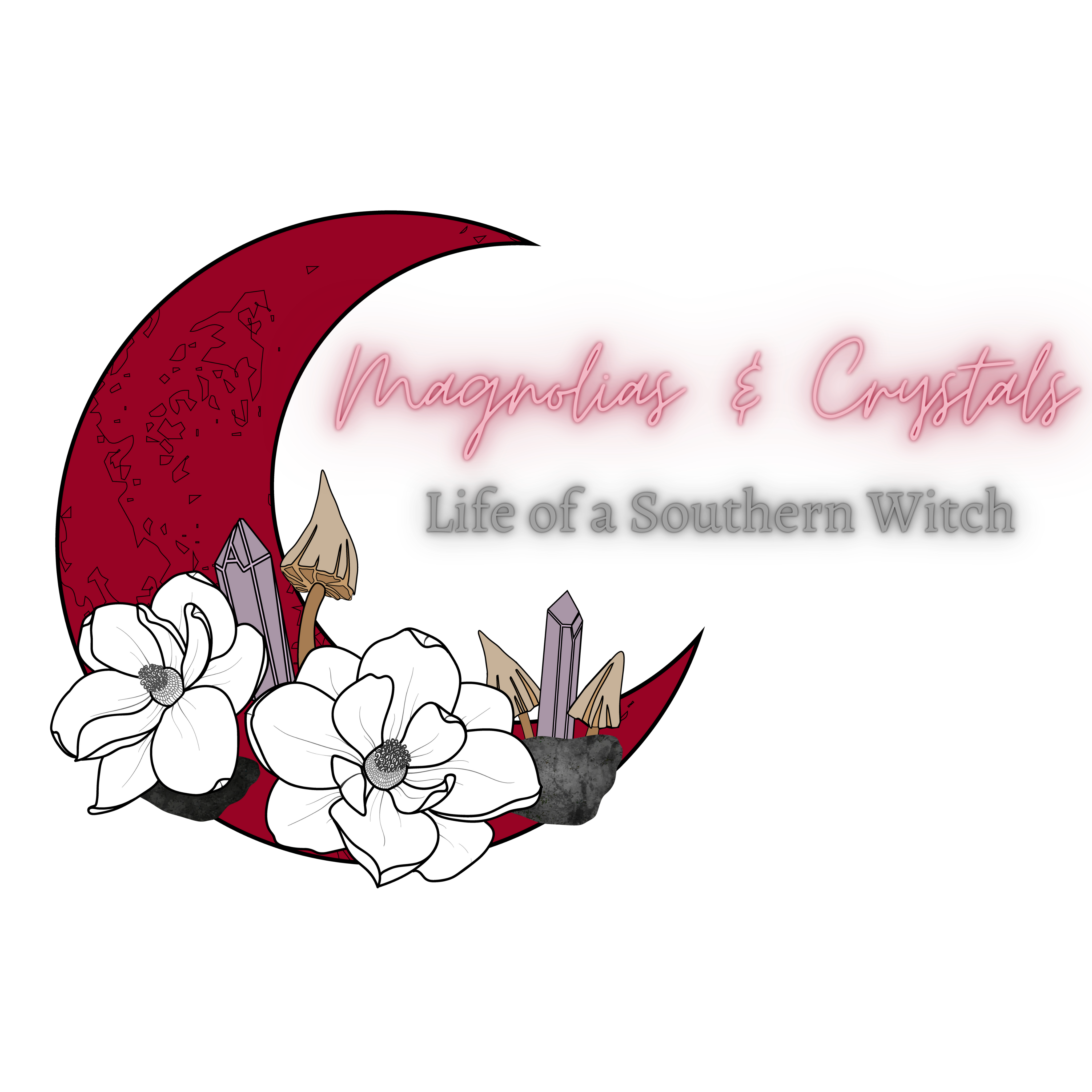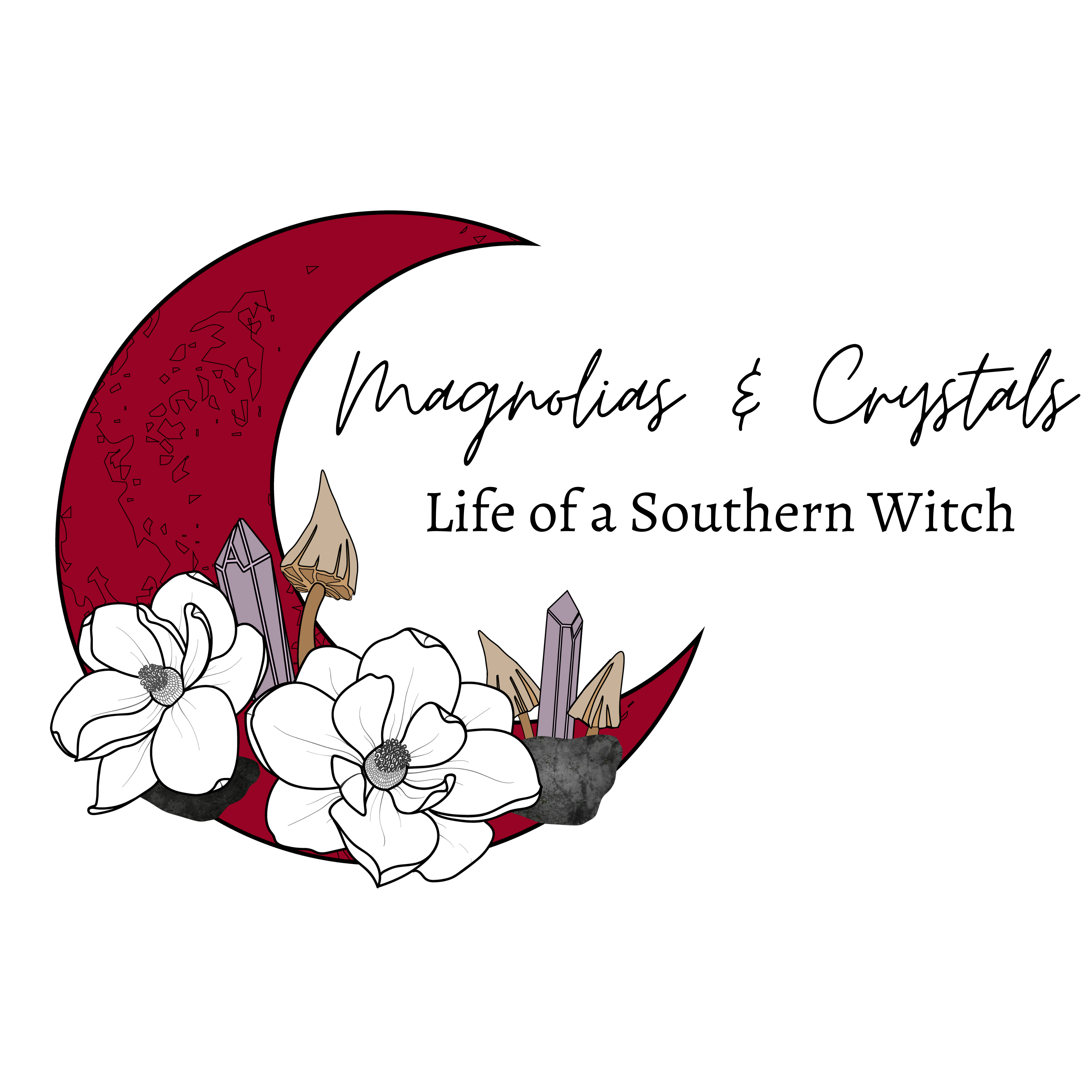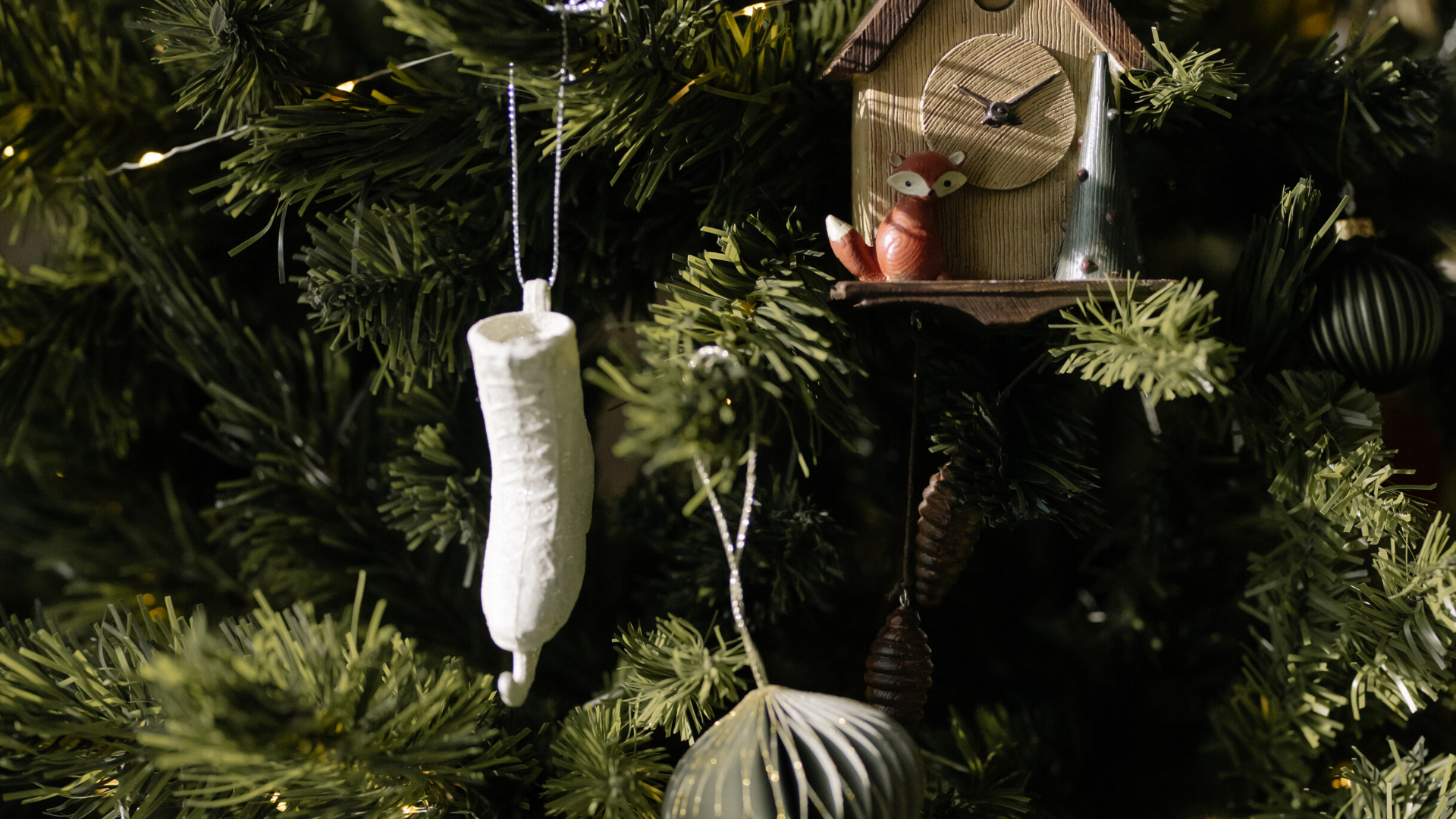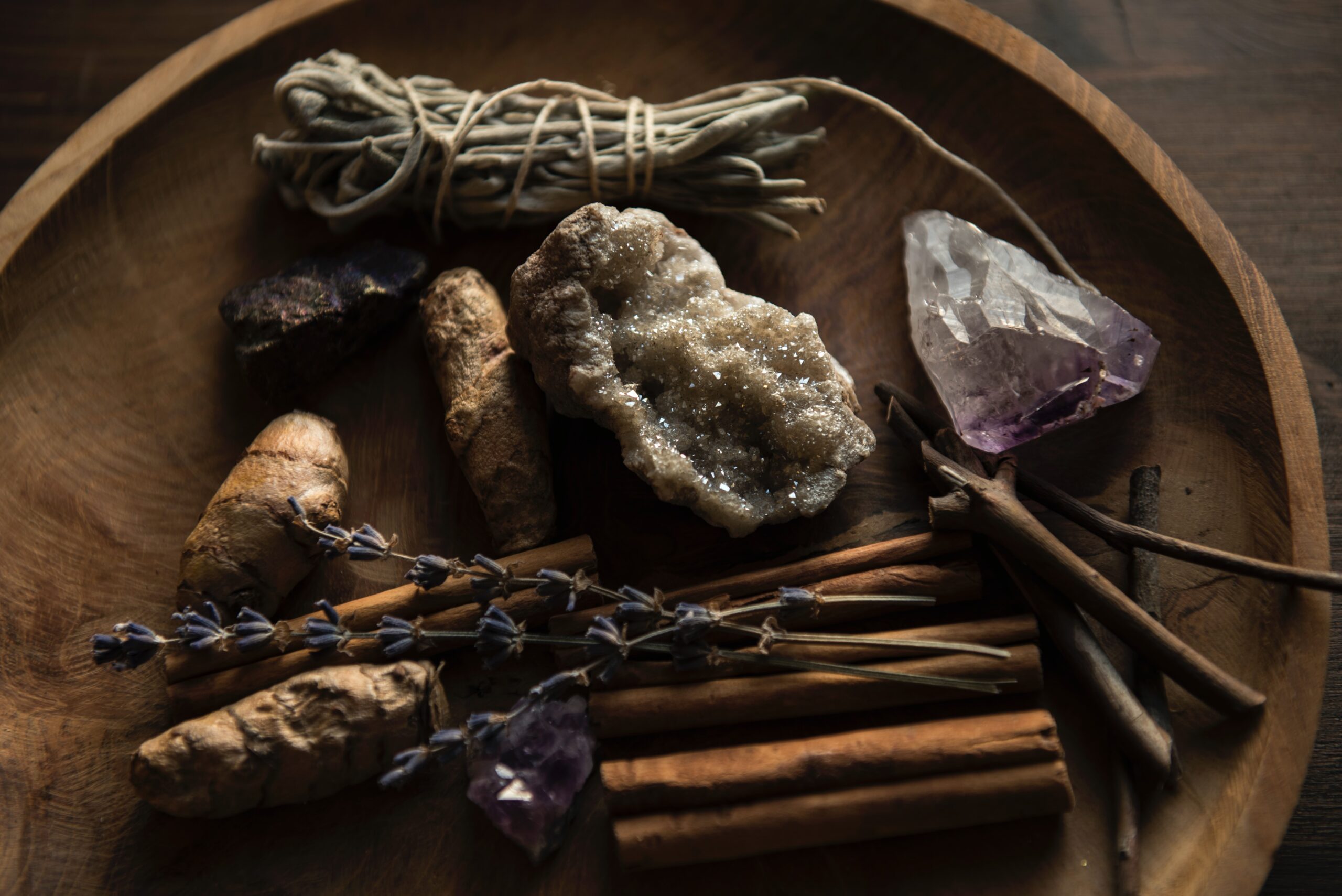Second Day of Yuletide
Good morning, lovelies!
We are on our second day of Yuletide and today’s topic is obviously the different symbols of Yule. I’m going to try to do my best to make it easy to follow. However, if you get lost, please feel free to comment and I will gladly expound more!
The Yule Tree
One of the biggest – literally – things that was coapted to Christmas was the tree. The Yule Tree represents the World Tree/Tree of Life for those that are practitioners. The items that decorated these trees in the past represented nature. In the past, these would usually be literal parts of nature, such as pine cones or fruits or berries. Decorations also include symbols special to the gods and goddesses worshiped. These trees were also typically outside and were potentially evergreens.
Why Evergreens?
Evergreens are another symbol important to Yule. The Evergreens were a symbol of renewal to the people that were around them. They were thought to have the power over death due to the fact that even in the darkness of winter, they still didn’t lose their elegant green color. Their strength was also believed to encourage the sun to return after the Winter Solstice.
Holly
Another greenery that is included in the Yuletide celebrations is holly. This is another tree that stays green the whole year. This brings a masculine energy to the holiday, as the Old God dies and is reborn as the Virgin Goddess in the spring. It represents hope as well as potency. Symbolism of hope aside, holly was also used as decor due to its prickly leaves as it was believed that they would either capture or ward off evil spirits that tried to enter the home to cause harm.
Mistletoe
The feminine half of the holly, mistletoe was special to the druids in their solstice ceremonies. The green leaves represented the fertility of the Mother Goddess while the white berries represented the Oak King. While in today’s tradition it is used to steal kisses, in the old traditions it was hung over doorways to protect from thunder, lightening, and other evils.
The Yule Log & Bonfires
The Yule Log isn’t original to the Pagan Yule celebration, finding its beginnings with ancient Scandinavians who would select a log from an Ash tree and burn it to honor Thor. The Celtic tradition would evolve this tradition to cutting down an entire Oak tree and stilling it into the hearth without chopping it up. The idea is that it would burn well into the new year and that this would prevent spirits from entering the house through the hearth.
In more modern times, the Yule Log has been somewhat updated. For some practitioners without access to a hearth/fireplace or the ability to burn a bonfire, the Yule Log has become edible – a recipe I will share later in the week -, or it has been adjusted to hold candles in the color of the season and decorated with floral symbols of Yule.
So in Truth
So in truth, a lot of what most practitioners use today are based on centuries long traditions but tweaked for the modern day. Our trees are faux in hopes to lessen the impact on our climate issues. Our logs are edible or reusable due to issues beyond our ability to truly control.
So happy celebrating!
Blessed Yuletide,
Trula Marie
Facebook | GoodReads | Instagram | Pinterest | TikTok | Twitch | Twitter | Youtube






